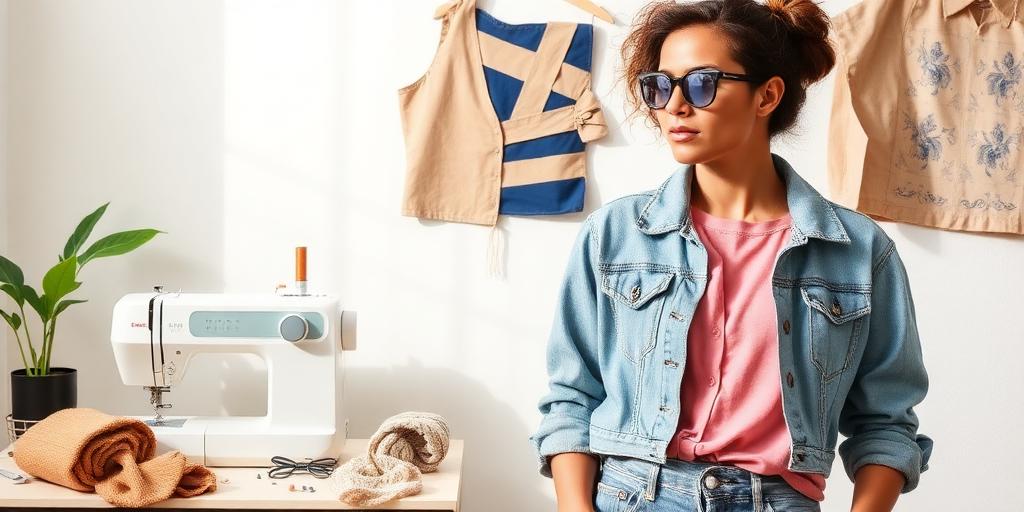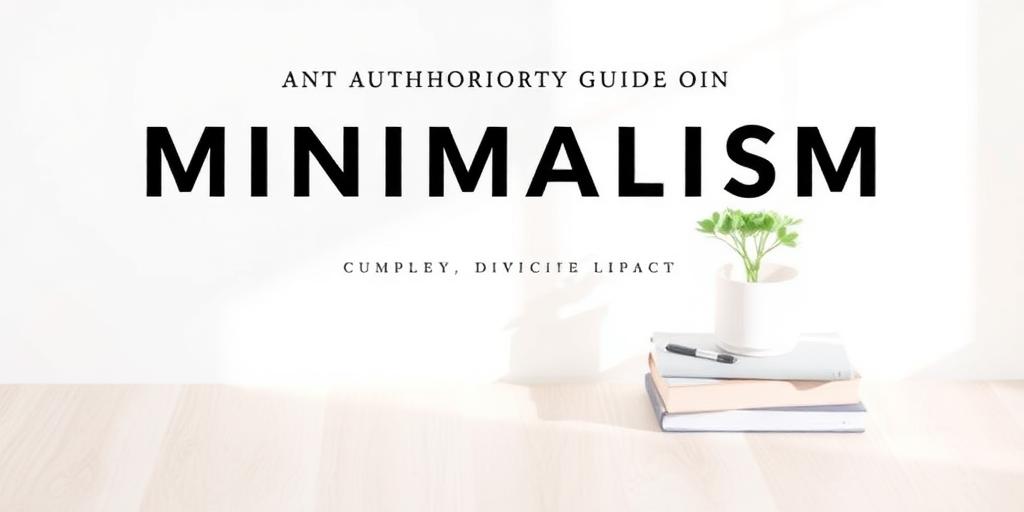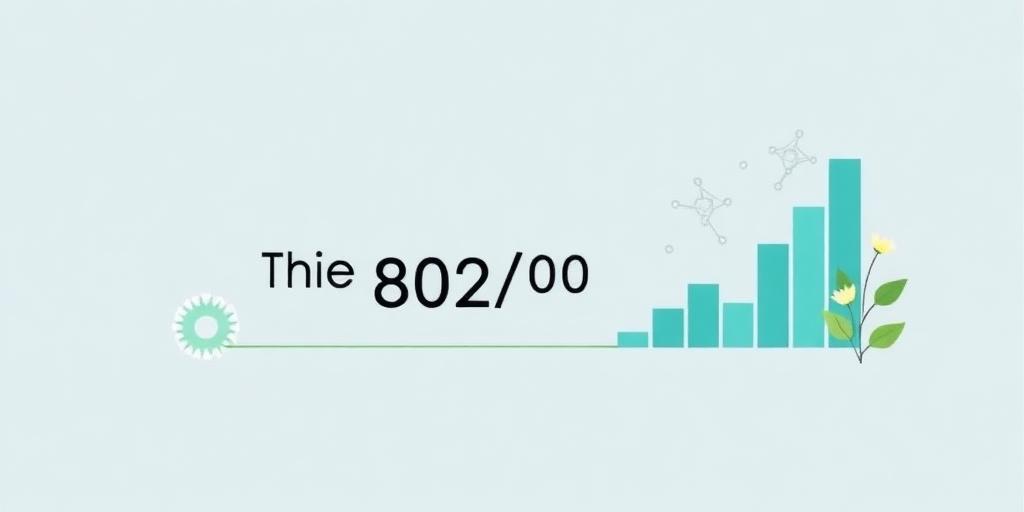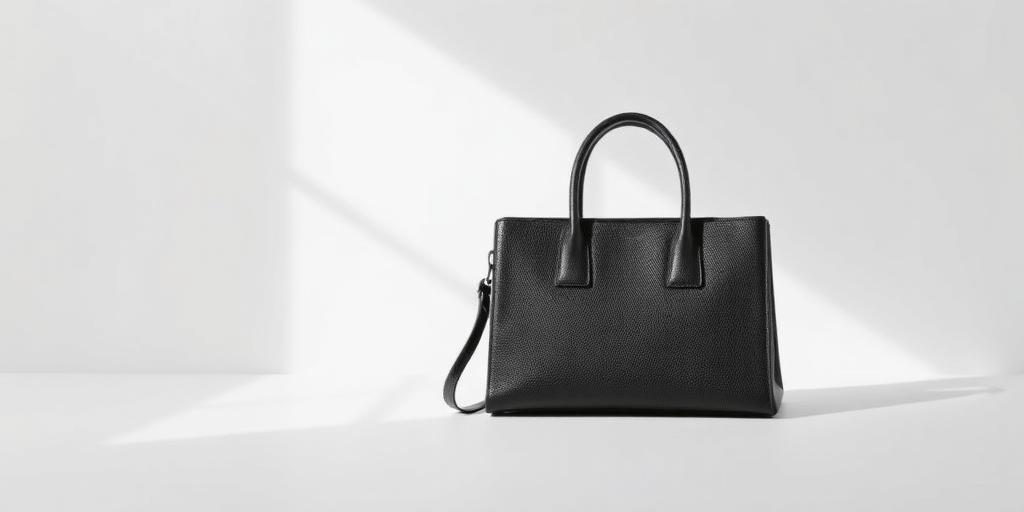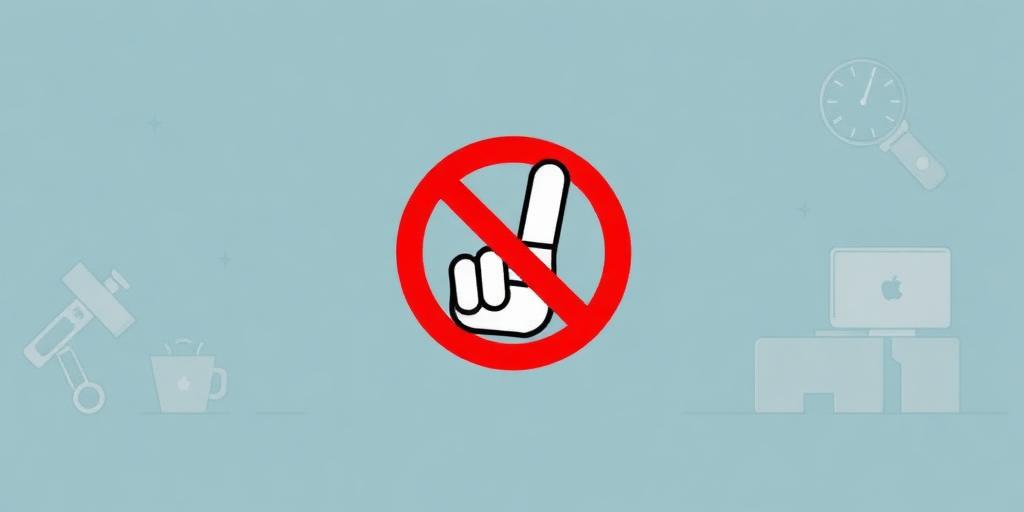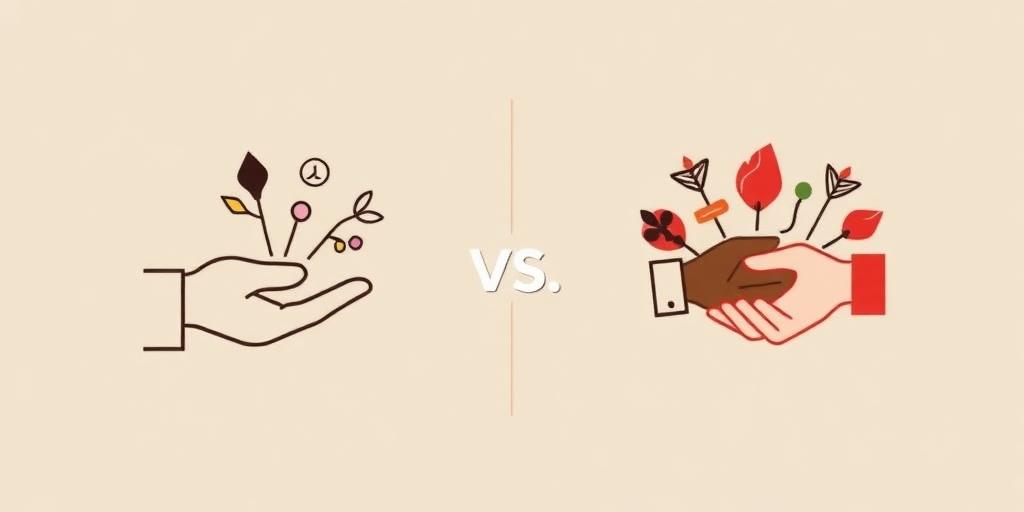The fashion industry, while dynamic and expressive, faces a significant challenge: textile waste. Globally, millions of tons of clothing are discarded annually, contributing to landfill accumulation and resource depletion. However, a potent solution lies within our reach: upcycling. Transforming old clothes into new looks is not merely a trend; it is a practical and impactful approach to sustainable living, fostering creativity while mitigating environmental strain.
Beyond the Bin: Why Upcycling Your Wardrobe Matters
Upcycling garments offers a multitude of benefits that extend far beyond simply saving money. It is a cornerstone of sustainable fashion, directly addressing the lifecycle impact of clothing production and disposal. By repurposing items, you significantly reduce the demand for new manufacturing, which in turn conserves water, energy, and raw materials. Furthermore, upcycling empowers individuals to cultivate a unique personal style, moving away from mass-produced uniformity towards bespoke creations. This creative clothing upcycling fosters a deeper connection with one's wardrobe, promoting thoughtful consumption over disposable trends.
The Upcycler's Toolkit: Essential Supplies
To embark on your DIY clothing transformation journey, a foundational set of tools is essential. While sophisticated equipment can enhance projects, many effective transformations can be achieved with basic supplies:
- **Sharp Scissors:** For precise cutting of various fabrics.
- **Sewing Kit:** Needles, thread (matching and contrasting colors), pins, seam ripper.
- **Fabric Dyes:** To refresh colors, create ombré effects, or completely change a garment's palette.
- **Measuring Tape and Fabric Chalk:** For accurate alterations and markings.
- **Embellishments:** Buttons, patches, lace, beads, embroidery floss – elements to add unique flair.
- **Iron and Ironing Board:** Crucial for crisp seams and professional finishes.
Transformative Techniques: Breathing New Life into Old Garments
Mastering these techniques empowers individuals to convert seemingly worn-out pieces into fashionable statements:
Simple Refreshes and Enhancements
Often, an item needs only a minor intervention to be revitalized. Consider:
- **Dyeing:** A faded T-shirt or a discolored dress can be given a new lease on life with a fresh dye bath. Natural dyes offer an additional eco-friendly wardrobe solution.
- **Mending and Patching:** Instead of discarding items with small tears or holes, repair them creatively. Decorative patches or visible mending techniques can turn flaws into features.
- **Embroidery and Appliqué:** Add intricate designs, monograms, or fabric cut-outs to elevate plain garments, making them distinctly yours.
Structural Changes and Deconstruction
For more ambitious projects, altering the structure of a garment can yield dramatic results:
- **Cutting and Hemming:** Transform old jeans into stylish shorts, or a long dress into a chic midi skirt. Ensure clean, reinforced hems to prevent fraying.
- **Deconstruction and Reassembly:** Take apart old garments to use their fabric for entirely new items. For instance, combine sections from multiple shirts to create a unique patchwork top, or repurpose garments into accessories like tote bags or headbands. This aspect of repurpose garments opens up endless design possibilities.
- **Resizing and Tailoring:** Adjusting the fit of oversized clothes can instantly update their appearance and make them more wearable.
Unleashing Creativity: Finding Inspiration for Your Projects
Inspiration for upcycling is abundant. Explore online platforms like Pinterest and Instagram for "upcycled fashion" or "DIY clothing projects" to discover a vast array of creative clothing upcycling ideas. Fashion blogs, YouTube tutorials, and even examining current runway trends can provide insight into how existing pieces might be reimagined. Consider the original garment's fabric, texture, and pattern as starting points, allowing its inherent qualities to guide your design choices.
By embracing the practice of how to recycle old clothes into new looks, you contribute to a more sustainable future while expressing your individual style. This shift from consumption to creation is not just eco-conscious; it is a declaration of personal ingenuity and a testament to the enduring appeal of thoughtful design.

